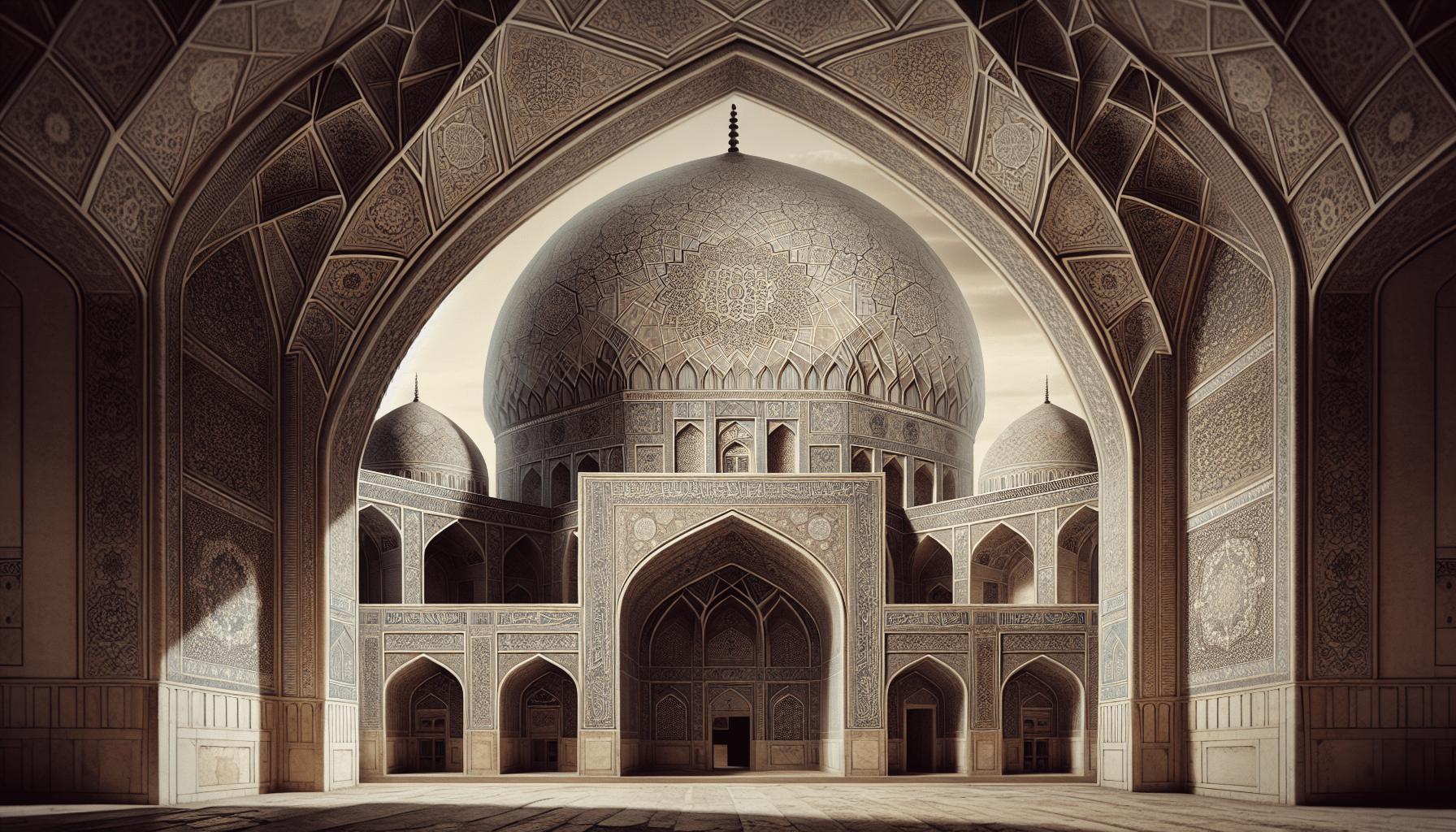Welcome to your comprehensive guide to the architectural wonders of the Turkish Seljuqs. From intricate mosques to grand palaces, the Seljuqs left behind a legacy of stunning structures that showcase their sophisticated and innovative architectural style. Join us as we explore the rich history and intricate details of these magnificent buildings, shedding light on the cultural and artistic achievements of this ancient civilization. Let this guide be your key to unlocking the beauty and grandeur of the Turkish Seljuq architectural marvels. Have you ever wondered about the architectural marvels of the Turkish Seljuqs? From the stunning mosques to the impressive fortresses, the Seljuq architecture is a true reflection of the rich history and cultural heritage of the region. Join us on a journey to explore the magnificent structures built during the Seljuq era and discover the beauty and grandeur of these historical landmarks.

